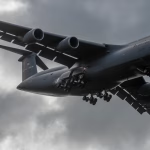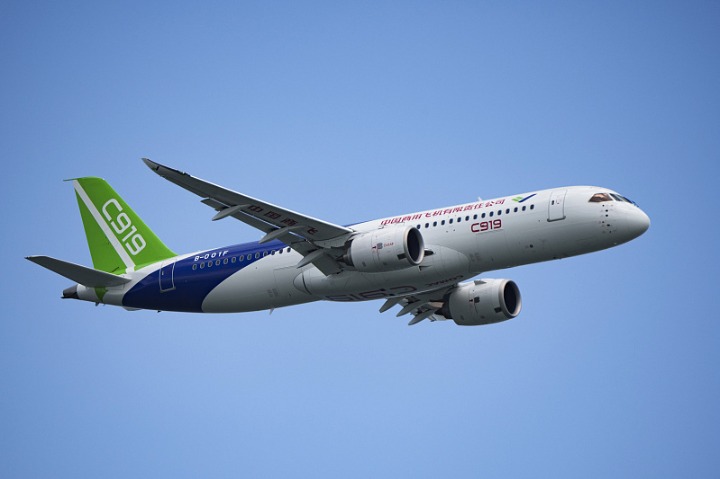In a significant step towards international recognition, COMAC secured a preliminary agreement from Brunei-based GallopAir in September 2023. This development positions GallopAir as one of the initial foreign carriers interested in the C919, signaling early confidence in the aircraft’s ability to meet global standards.
COMAC’s Vision for the C919
Having successfully delivered its first C919 unit to China Eastern Airlines in late 2022 and officially commenced commercial flights in May 2023, COMAC is now preparing to market the jet on a larger scale. Designed to cater to the 160-190-seat category, the C919 is pitched as a highly attractive alternative to rival models, offering comparable performance and operational efficiencies.
The expansion strategy heavily aligns with China’s broader aspiration to bolster homegrown industries and reduce reliance on international aerospace giants. By breaking into export markets, COMAC aims to establish China as a key player in global aviation.
Challenges in the Path Ahead
Despite these ambitions, COMAC faces stiff challenges in penetrating international markets. The Airbus A320neo and Boeing 737 MAX 8 dominate their segment with extensive global networks and established reputations. To gain traction abroad, COMAC will need to navigate regulatory hurdles, prove the C919’s reliability, and secure certification from key aviation authorities such as the European Union Aviation Safety Agency (EASA) and the Federal Aviation Administration (FAA).
Additionally, as the aviation industry scrutinizes the C919’s reliance on foreign-sourced components—particularly engines from CFM International—COMAC will face ongoing pressure to enhance self-sufficiency in production. Strengthening the supply chain to minimize international dependencies could play a vital role in bolstering its appeal on the global stage.
The Road Ahead: Targeting New Markets
COMAC’s preliminary agreement with Brunei’s GallopAir signals growing interest from regional carriers seeking cost-effective alternatives to Western-made jets. Moving forward, COMAC plans to target other emerging markets in Southeast Asia, Africa, and Latin America—regions where demand for modern, fuel-efficient aircraft is rapidly rising.
For these markets, the C919 offers significant potential value in terms of affordability and competitive operating costs. If successful, COMAC could transition from a domestic aerospace leader to a competitive international player in the airline industry.
Conclusion
The Commercial Aircraft Corporation of China is poised to redefine China’s position in the global aviation industry with the C919. By challenging established players like Airbus and Boeing, COMAC aims to offer airlines around the world a new alternative for short- and medium-haul operations. The success of its international ventures will hinge upon its ability to navigate complex regulatory environments, maintain production quality, and build trust among global carriers.
With its first foray into the international market through Brunei’s GallopAir, the journey has officially begun. All eyes are now on COMAC as the world watches how the C919 will fare in the competitive skies.





